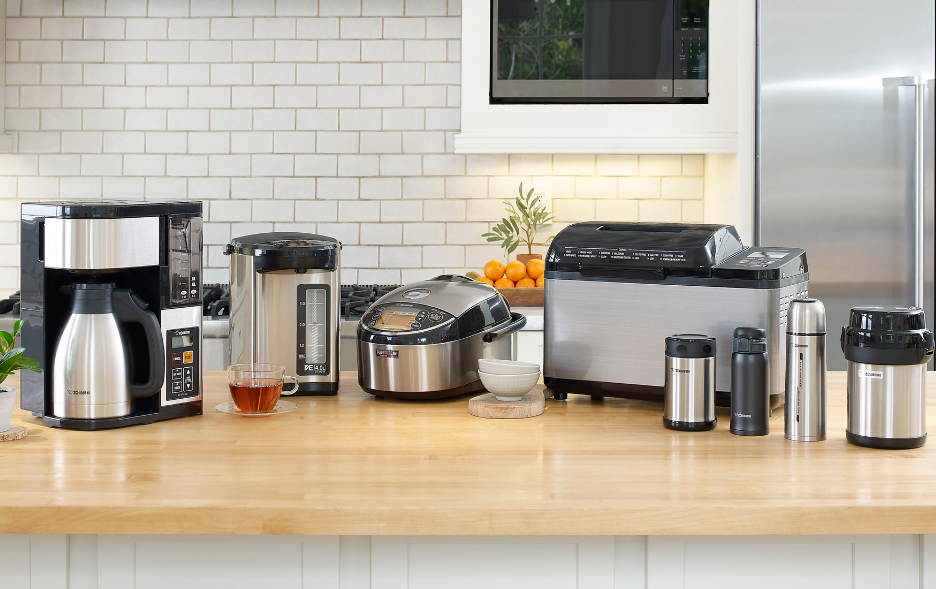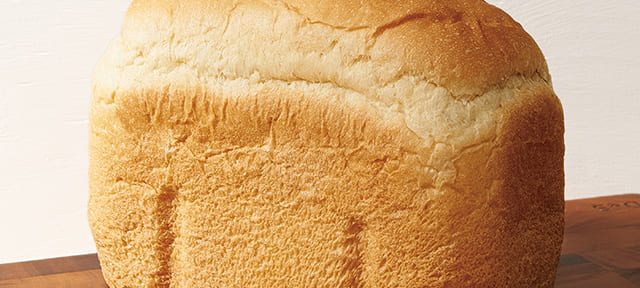Category: Design Explained

How Zojirushi Helps You Stay on Schedule
Read more: How Zojirushi Helps You Stay on ScheduleWe get it – life gets busy! Whether it’s work, school, or personal time, every…

The Secret to Perfect Bread: Inside Zojirushi’s Recipe Development
Read more: The Secret to Perfect Bread: Inside Zojirushi’s Recipe DevelopmentHi Zo Fans! Welcome back to our series where we explore the fascinating details behind…

Behind the Scenes: Crafting the Perfect Rice Cooker Cooking Course at Zojirushi
Read more: Behind the Scenes: Crafting the Perfect Rice Cooker Cooking Course at ZojirushiAt Zojirushi, we’re constantly pushing the boundaries of what our rice cookers can achieve, just…

Design Explained –
Clean, Clean, Clean!Read more: Design Explained –We don’t like mold. We don’t like burnt-on grease. We don’t like calcium buildup. What…
Clean, Clean, Clean!
Design Explained –
Our Signature Tune!Read more: Design Explained –Our rice cookers and water boilers are practical. They’re technologically advanced. They’re stylish. And they’re…whimsical!…
Our Signature Tune!
Design Explained –
Our Half-CircleRead more: Design Explained –Have you seen our half-circle? It’s subtle. It’s small. It’s white. And it’s an ingenious…
Our Half-Circle




